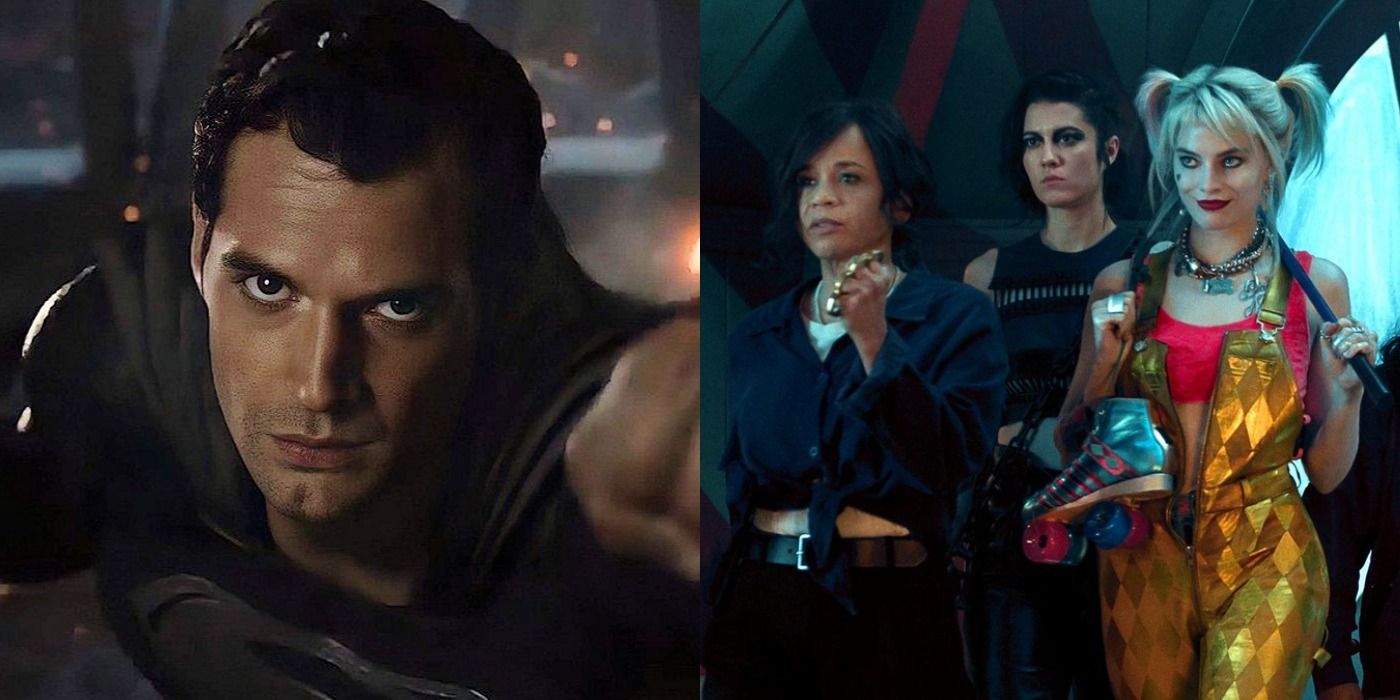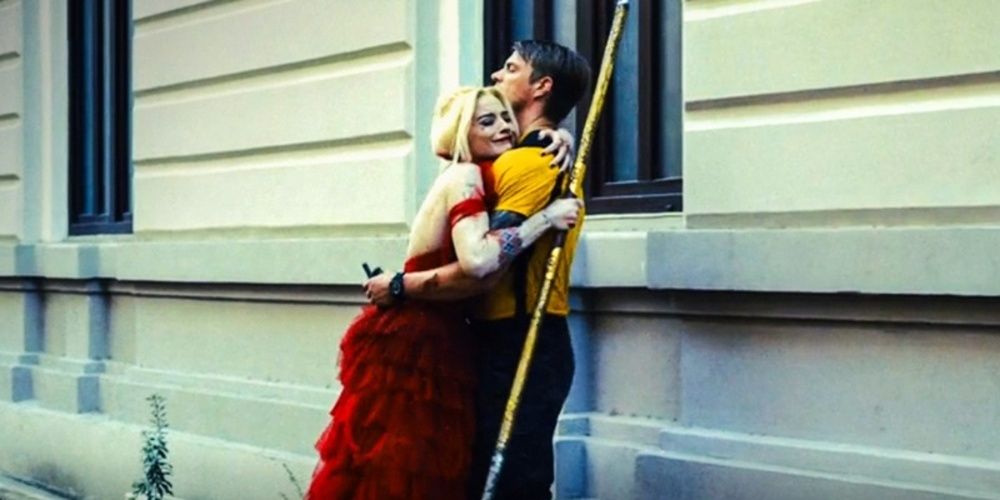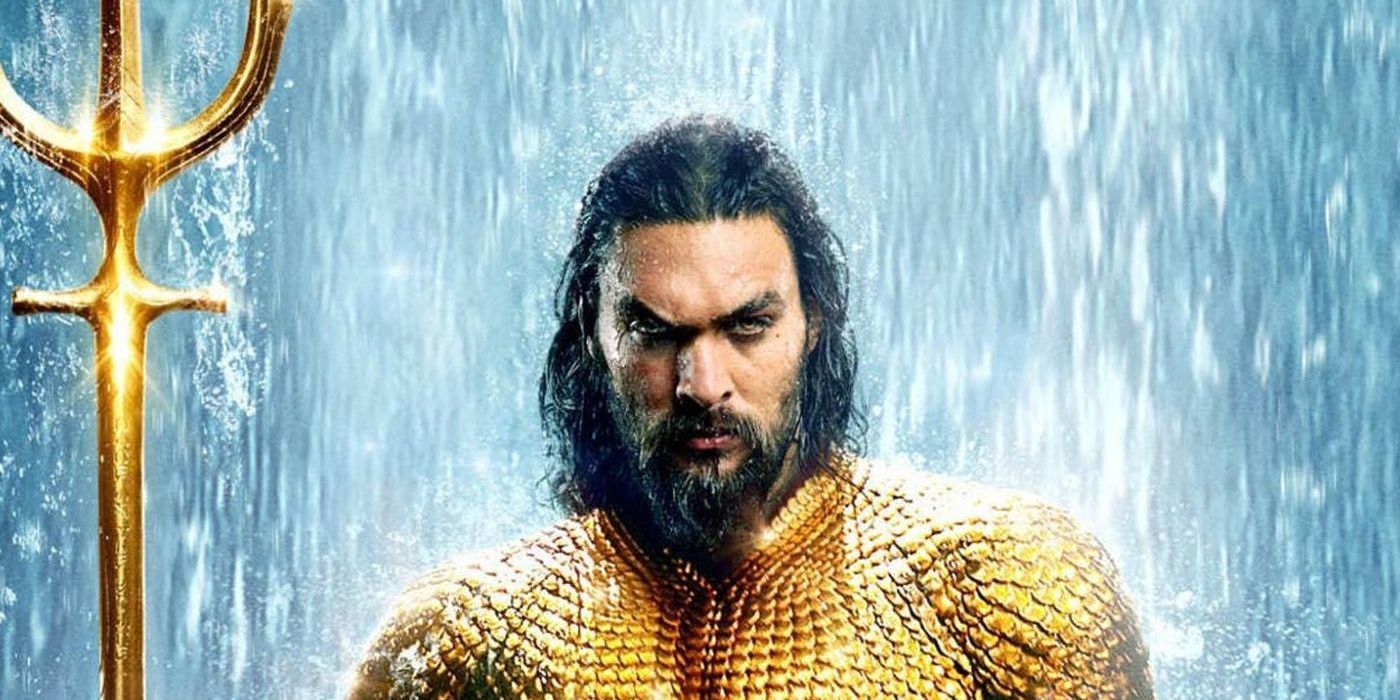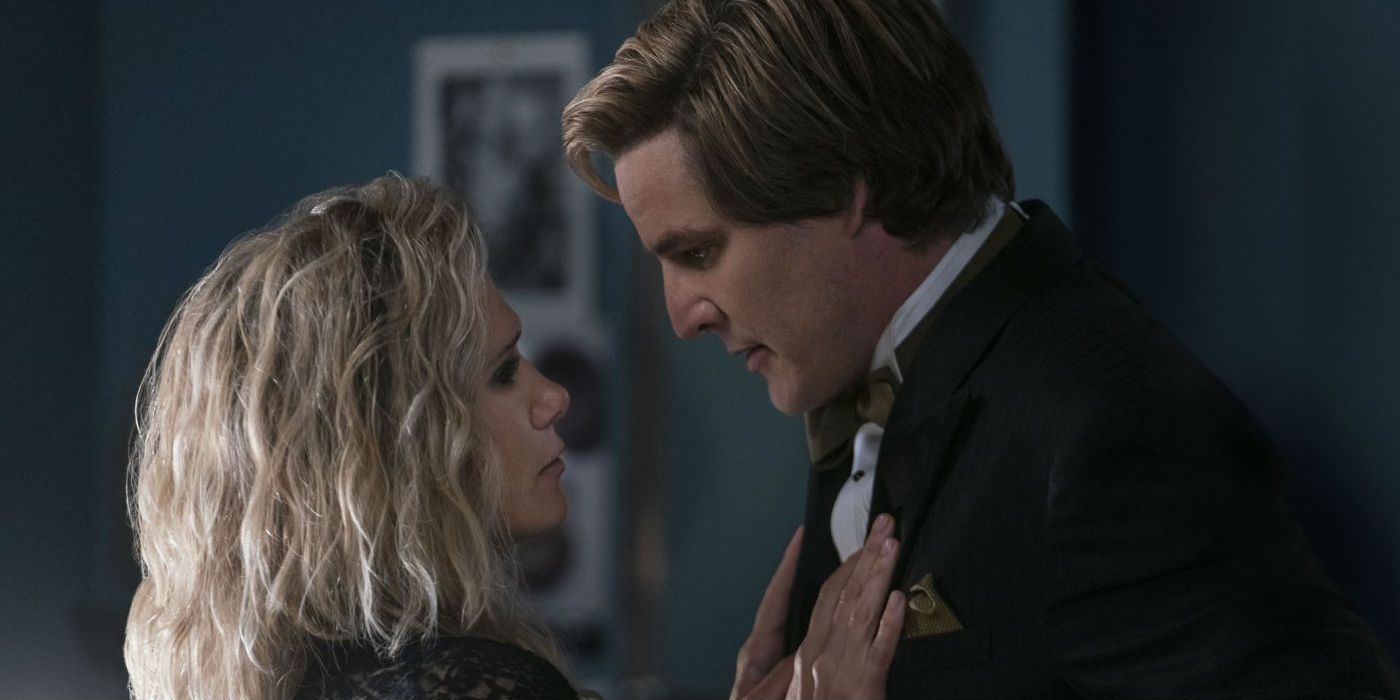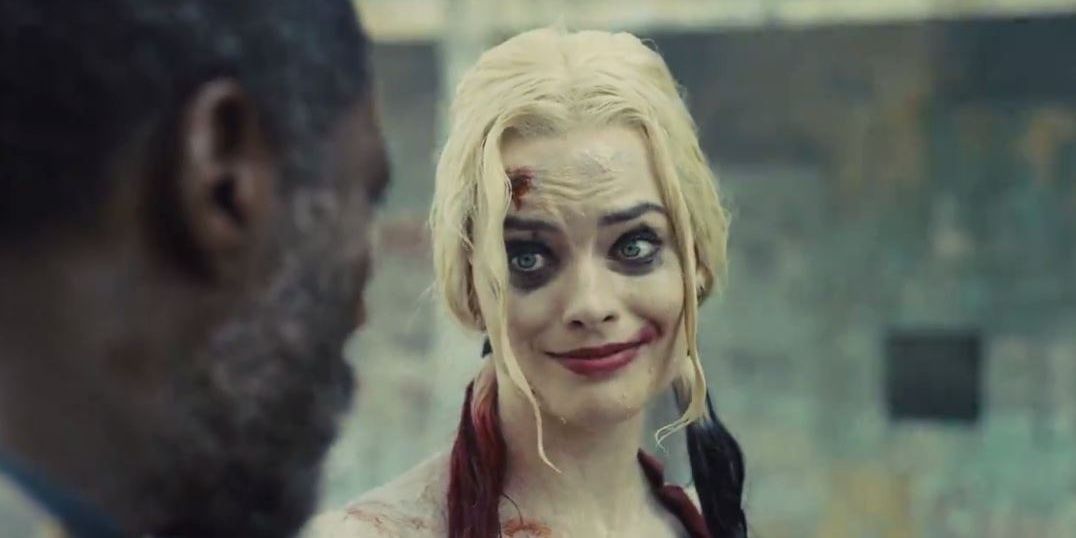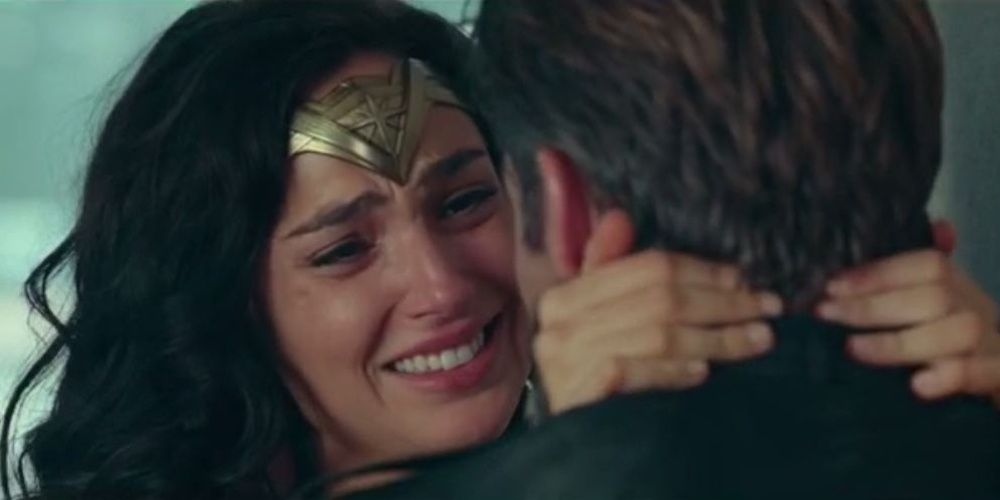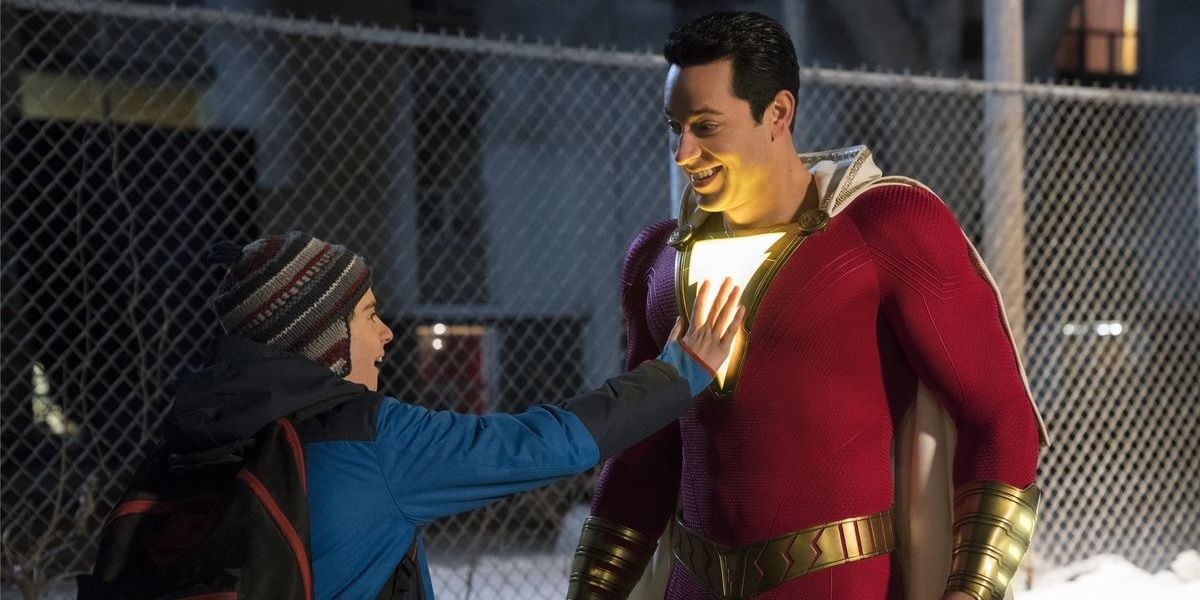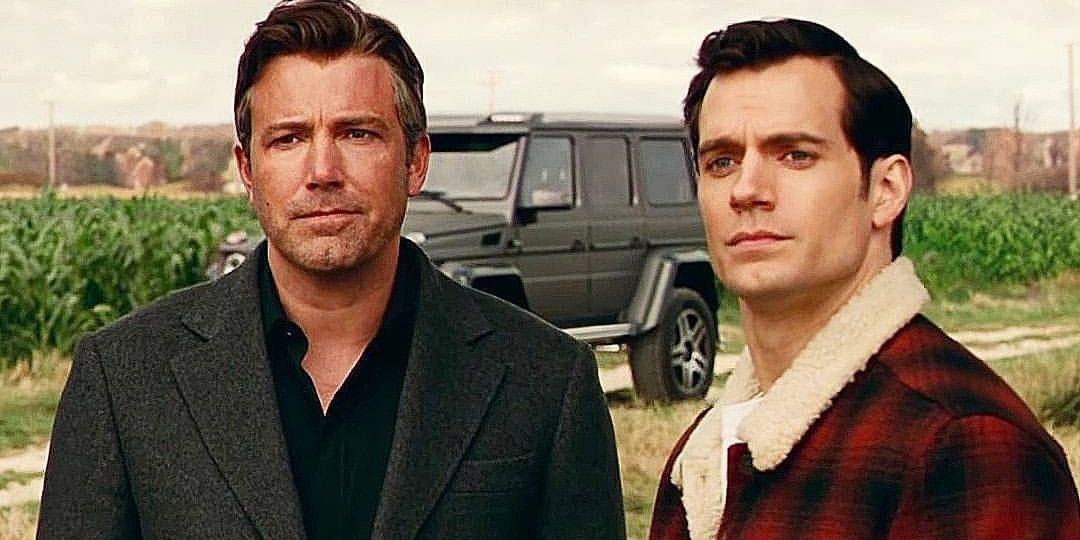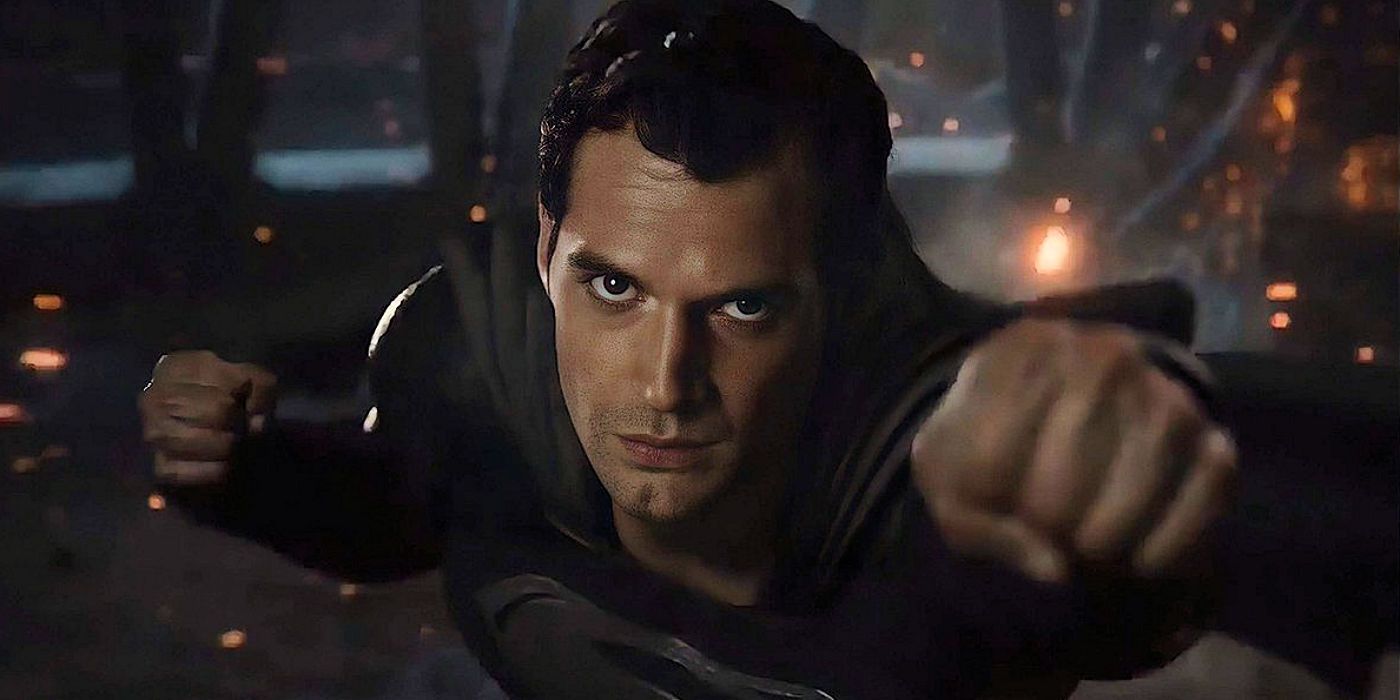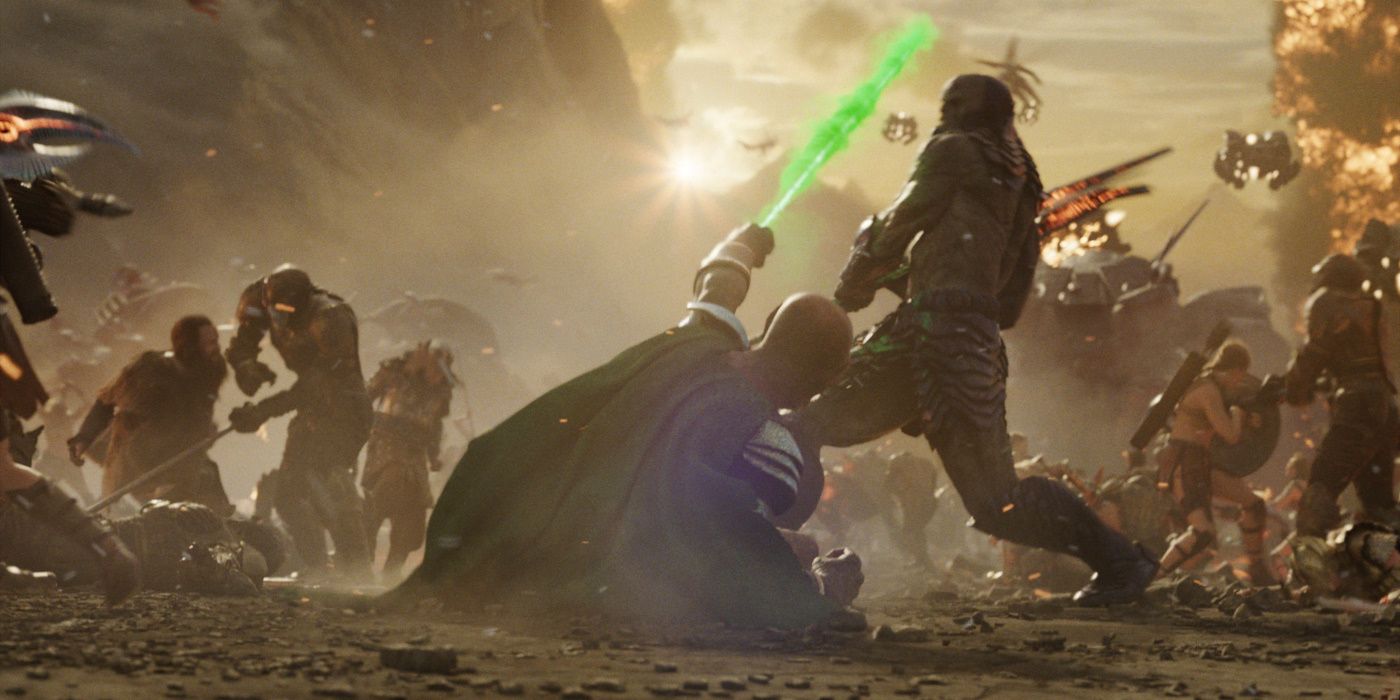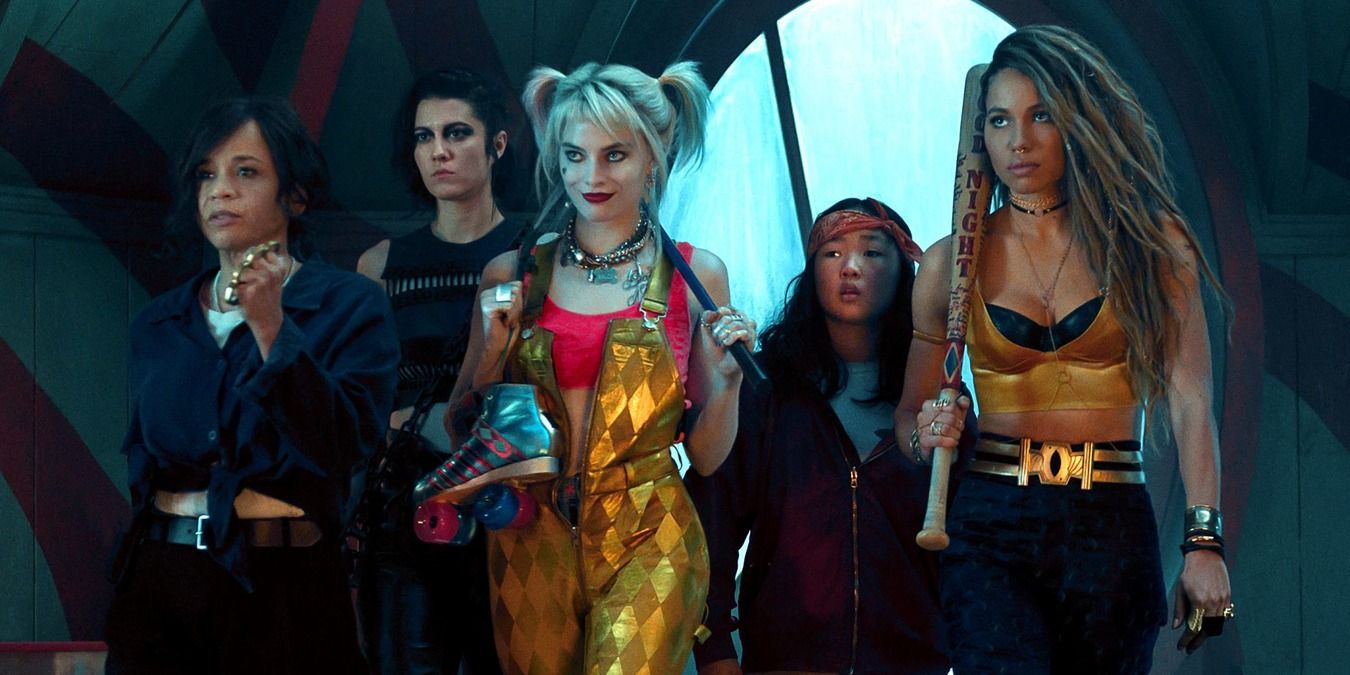DC Comics have gone truly mainstream with the DC Extended Universe, with the franchise introducing and establishing many characters from the source material. Although the films took a while, they’ve since become critical and commercial hits to the point where it’s arguable that the DCEU has bettered the comics in some areas.
James Gunn’s The Suicide Squad has cemented the DCEU’s penchant for delivering thrills in great variety, following well-received entries like the Wonder Woman movies, Shazam!, and Aquaman. Since the franchise doesn't look to be going away anytime soon, it’s interesting to see where it has excelled and improved upon the comics.
Making The Suicide Squad Relatable
The DCEU has been exceptional in bringing moments of friendship for the Suicide Squad, which has the effect of making viewers connect with the characters. The comics have largely explored the dangers the team has to face and less on the dynamic between them.
This direction of the comics format has meant that the squad members are interchangeable, with several iterations of different characters. DCEU’s Task Force X is such that those who have died have brought in a level of sympathy for viewers to feel for them while rooting for the rest to survive.
Establishing Aquaman As A Leading Superhero
Aquaman has always been one of the most notable superheroes in DC Comics, but the mainstream perception of the character was to consider him as something of a joke. This came down to his awkward appearance and his power of talking to fish seeming tame.
The live-action version of the character has successfully become a leading figure in the film industry, whose solo movie remains the highest-grossing DC adaptation yet. Elements in the film like Atlantis being one of the most dangerous DCEU locations, Aquaman’s no-nonsense demeanor, and his portrayal as possessing legitimately powerful abilities have all removed the previously comedic reputation of the character.
Creating Sympathetic Villains
There’s no doubt that the comics have had many arcs in which villains come across as sympathetic, but the problem is that follow-up stories generally turn them evil once again. The DCEU’s nature of keeping villain stories standalone in nature has allowed the franchise to leave the baddies' redeeming qualities established.
Things like the Cheetah’s feelings of inferiority, Max Lord’s love for his son, and even Steppenwolf’s wish to return home have all been material for audiences to feel for the antagonists. These characters have also had circumstances force them to become bad in the first place, which is how the DCEU ensures they don’t come across as entirely villainous.
Consistent Character Development
A problem of the comics’ long-running nature is that characters tend to remain the same way or go back to their former ways after some time. The DCEU has avoided this for the most part, with characters that return for sequels continuing to change and evolve for the better.
This is best seen in someone like Harley Quinn, who keeps returning to her antagonistic status in the comics after reforming, while the DCEU version has put her evil past aside and allowed her to become a hero. It’s also present in Batman and Superman, who have accepted that they can’t save everyone but have decided to do the best they can.
The Tragic Romance Aspect
There are quite a few couples in the DCEU who have had heartbreaking separations, with the likes of Lois and Clark, Diana and Steve, among others, all bringing this aspect forward. It’s been such a hit because their love stories feel complete without the introduction of new romances.
The comics have even more tragic love interests than the movies, but the problem is that the characters tend to quickly move on to new relationships that ultimately takes away from the tragic fate of their earlier romances. DCEU’s sad love stories generally have the characters encouraging each other to be happy after their demise, with Steve and Clark asking Diana and Lois to do so, respectively.
Dividing Characters Based On Genre
Starting off with Superman’s larger-than-life story, the DCEU has changed since Man of Steel to accommodate characters that suit different genres. Shazam! is a family-friendly movie while Suicide Squad is for adults. There are also films like Wonder Woman that appeal to a larger demographic.
DC Comics has solo series for superheroes as well, but they usually follow the same format. Another issue with the comics is that so many of these characters cross over with each other, leaving little room to dedicate a particular genre to them. Meanwhile, the DCEU has satisfied viewers with the types of experience they’re looking for, making for a franchise with good variety.
Maintaining Consistency With Chronology
To be fair, both the comics and the movie series have been all over the place with this point, and there’s quite a bit of confusion on either side. However, the comics have featured so many iterations like The New 52 and other company-wide revamps that consistent chronology basically doesn’t exist.
The DCEU has a slight issue of the “Snyderverse” clashing with the rest of the movies, but it’s not difficult to keep track of the timeline. The films are released in more or less chronological order, with exceptions like Wonder Woman making it perfectly clear how far into the past they’re supposed to be set. With no comics-like retcons in place either, the DCEU is far simpler to understand.
Character Costumes
This might be a contentious point to some who are fans of the comic book costumes, but the DCEU has this aspect more in its favor. The easiest way to see this is by considering how unacceptable some characters would look if they had the exact same costumes in live-action as they do in the comics.
Characters like Harley Quinn, Captain Boomerang, or even Superman won’t look as authentic as they do if they have their source material getups. Meanwhile, every costume from the DCEU will fit in perfectly in printed media, with these also sometimes adapted into video games and TV shows. They also carry great cosplay potential, and fans can look very much like how the DCEU actors do.
Presenting Fight Scenes With Better Flow Of Action
It can be a bit of a chore to leaf through the pages of a comic book to keep up with the fight scenes. Moreover, characters tend to go on excessive monologues during their battles in the comics, which can interfere with the viewing experience.
DCEU has had solid fight scenes for fans to behold, with the big-budget nature of these moments really bringing things to life. The Suicide Squad brought the brutality of all the grisly fights to realistic levels, while incredible set pieces in movies like Zack Snyder's Justice League make the war between two worlds stand out. There are also choreographed sequences, such as Batman’s warehouse fight in Dawn of Justice, that are seamless in flow and exceptionally hard-hitting.
Portrayal Of Female Superheroes
For a large part of DC comics’ history, female superheroes were presented as supporting protagonists and even had needlessly revealing getups that added nothing to their characterizations. While the comics have gotten better, they’re still not as invested in female heroes as the DCEU.
The film series has gotten to the point where the likes of Wonder Woman and Harley Quinn are essentially the main characters of the franchise. Female characters in general have their own stories and conflicts to resolve that don’t carry gender stereotypes either. With Wonder Woman, Harley, Mera, Black Canary, the Birds of Prey, and more to follow being placed front and center of their own movies, the DCEU has done a good job at adapting these characters as legitimate superheroes.

